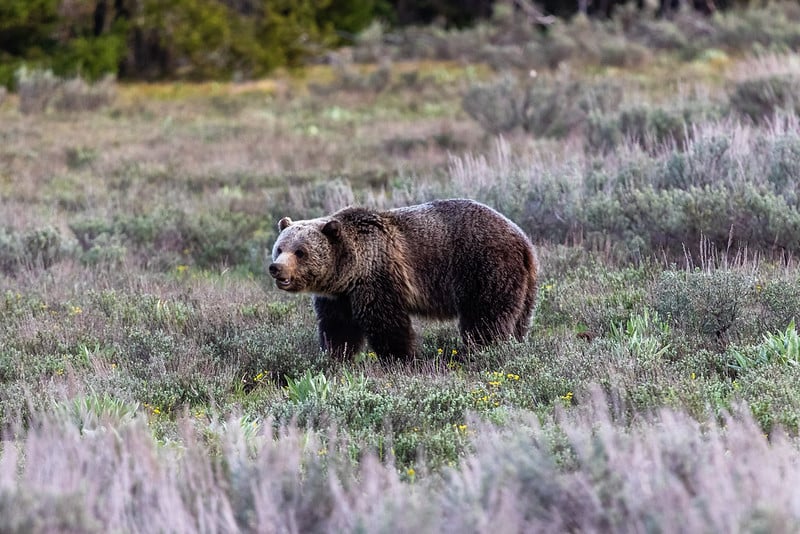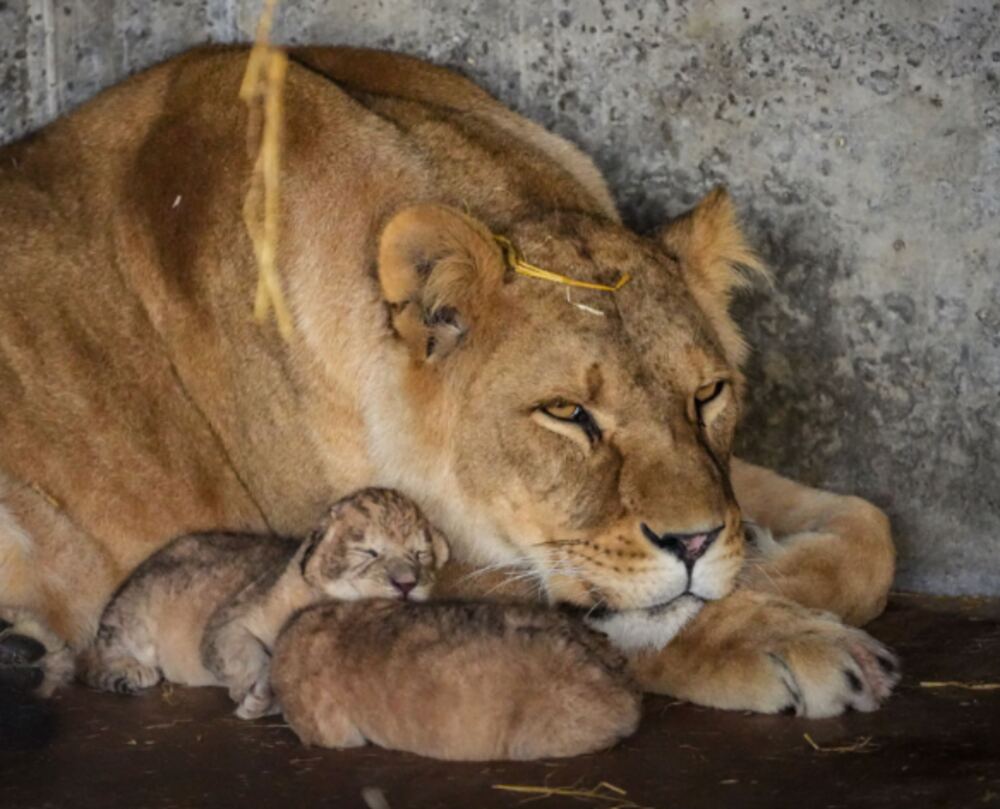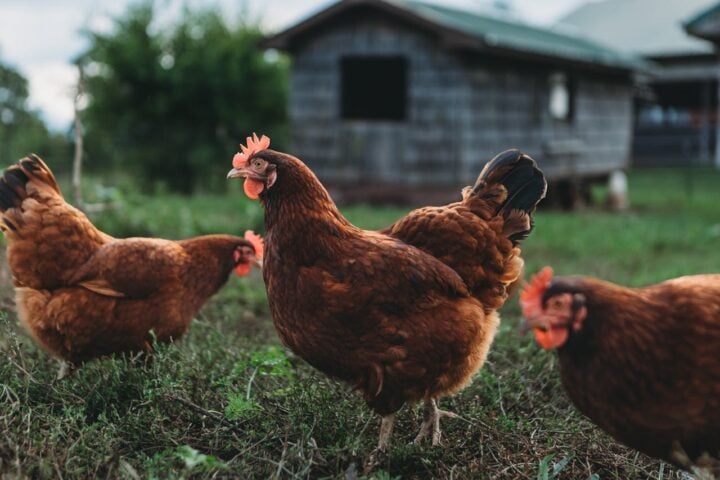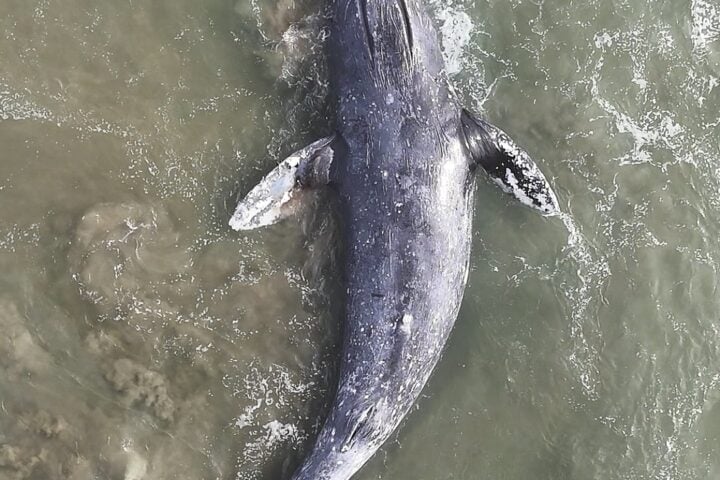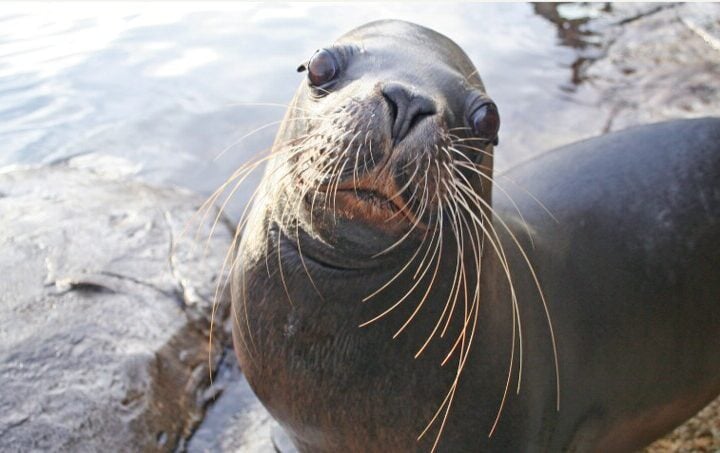Post-Torpor Emergence: Bears Are Awake and Hungry
The first grizzly bear of 2025 has officially been spotted in Grand Teton National Park on March 19, marking the start of what wildlife officials are calling a crucial period for human-bear coexistence. This sighting follows Yellowstone National Park’s first observation of grizzly tracks on March 9, confirming that the Greater Yellowstone Ecosystem’s ursine residents are ending their winter dormancy right on schedule.
“Seeing a bear in its natural habitat is an awe-inspiring experience,” states the National Park Service in their March 26 press release. “However, living and recreating in bear country requires awareness and actions on our part to keep bears wild and people safe.”
For those wondering about bruins’ seasonal schedule, adult male grizzlies typically emerge from their winter dens in March, while females with cubs generally take a bit longer, appearing between April and early May. This staggered emergence pattern reflects the different energetic demands between solitary males and mother bears caring for vulnerable cubs.
Hyperphagia After Hibernation: Why Bears Are Especially Food-Motivated Now
Coming out of hibernation (a specialized metabolic state that’s scientifically termed “torpor”), bears have depleted up to 40% of their body weight. This extreme caloric deficit triggers an intense feeding drive—bears emerge ravenous and must quickly replenish lost fat reserves.
During torpor, a bear’s metabolism slows dramatically, its body temperature drops, and it can burn up to 4,000 calories daily from stored fat alone. This physiological marvel allows bears to survive months without eating or drinking, but it comes with a cost: when they wake up, they’re essentially in starvation mode.
This biological reality explains why spring can be a particularly sensitive time for human-bear interactions. Hungry bears are opportunistic feeders, and unsecured human food sources present easy calories with potentially fatal consequences—for the bears.
2024’s Bear Reality Check: A Troubling Trend in Human-Bear Conflicts
Last year proved exceptionally challenging for bear management in the Jackson Hole area. According to official figures, Wyoming Game and Fish Department and U.S. Fish and Wildlife staff responded to a minimum of 168 human-bear conflicts in Teton County and the Town of Jackson—double the long-term average.
Grand Teton National Park experienced a surge of incidents involving black bears, particularly around lakeshore areas. The Bridger-Teton National Forest saw increased black bear activity around the Teton Pass trail system outside of Wilson.
The consequences were severe: wildlife managers lethally removed nine bears in this corner of the Greater Yellowstone Ecosystem last year, in addition to conducting numerous relocations and intensive hazing operations.
The primary culprits behind these conflicts? Unsecured garbage in residential areas and unattended backpacks in the park.
Attractant Management: The Single Most Effective Method to Prevent Conflicts
Bears possess an extraordinary sense of smell—estimated to be seven times more sensitive than a bloodhound’s—allowing them to detect food from miles away. This olfactory superpower means that virtually anything associated with human or domestic animal foods becomes a potential attractant.
Common bear attractants include:
- Garbage and food waste
- Pet food and livestock feed
- Coolers and cooking equipment
- Bird feeders
- Compost piles
- Fruit trees and berry bushes
- Beehives
“Once a bear becomes conditioned to human foods, the bear is likely to exhibit increasingly bold behavior, which increases risks to the bear and humans and limits management options,” the NPS explains.
Bear Safety Essentials: What Residents Need to Know
If you’re a resident of Teton County or surrounding areas, Bear Wise Jackson Hole recommends these precautions:
Similar Posts
- Secure your garbage: Use IGBC-certified bear-resistant containers, which are required in all unincorporated areas of Teton County and designated zones within the Town of Jackson.
- Timing matters: Keep garbage containers indoors until the morning of trash pickup whenever possible.
- Electric fencing works: For livestock feed, chicken coops, pet food, compost, and beehives, consider electric fencing—contact Bear Wise Jackson Hole for assistance.
- Bird feeder modifications: If you use bird feeders, hang them in ways that make them inaccessible to bears. (Examples can be found on the Bear Wise Jackson Hole website.)
- Community approach: Help your neighbors create a bear-wise community to protect both bears and other wildlife.
Public Lands Protocols: Essential Guidelines for Visitors
For those visiting Grand Teton, Yellowstone, or the Bridger-Teton National Forest, officials stress these bear safety measures:
- Food vigilance: Never leave food unattended unless properly secured in bear-resistant containers or vehicles.
- Camp cleanliness: Maintain a clean camp and follow all food storage orders. Store all attractants—including coolers, cooking gear, pet food, and toiletries—inside bear boxes or hard-sided vehicles with windows rolled up.
- Tent rules: Do not eat or cook in your tent, and never keep food or scented items inside.
- Respect closures: Wildlife closure areas exist for good reasons—honor them.
- Distance discipline: If you see a bear, maintain at least 100 yards distance. Use binoculars or telephoto lenses, park only in designated areas, and follow staff directions.
Backcountry Bear Wisdom: How to Travel Safely in Wild Areas
The deeper into bear country you venture, the more important these practices become:
- Situational awareness: Stay alert to your surroundings and avoid wearing earbuds that block natural sounds.
- Sound off: Make noise, especially in areas with limited visibility or when ambient sounds (like rushing streams) might mask your approach.
- Bear spray readiness: Carry bear spray, know how to use it, and keep it readily accessible—not buried in your backpack.
- Group advantage: Hike in groups of three or more people. Statistics from Yellowstone show that 91% of people injured by bears since 1970 were hiking alone or with only one partner.
- Encounter response: If you meet a bear, do not run. Back away slowly, avoiding direct eye contact.
The Science of Bear Spray: Your Most Effective Defense
Bear spray containing 1-2% capsaicin (the chemical that makes chili peppers hot) has proven remarkably effective as a non-lethal deterrent. Scientific studies show:
- 92% success rate: Bear spray stops unwanted bear behavior in approximately 92% of cases.
- Injury reduction: In close-range encounters where bear spray was deployed, 98% of people escaped uninjured.
- Safer alternative: Bear spray is considered more effective and safer than firearms for personal protection in bear country.
For proper use:
- Carry EPA-registered bear spray that isn’t expired
- Keep it readily accessible (not in a backpack)
- Know how to remove the safety clip quickly
- Practice with inert training cans
- Aim slightly downward toward the approaching bear to create a cloud of spray
Grizzly Population Status: A Conservation Success Story with New Challenges
The Greater Yellowstone Ecosystem now hosts an estimated 950-1,000 grizzly bears—a remarkable recovery from historic lows. As this population has expanded, bears have dispersed across their historical range but also into proximity with more populated areas.
“All of Teton County is now in occupied grizzly bear habitat,” the NPS notes, explaining the increased likelihood of encounters.
This population rebound represents a significant conservation achievement, but it also creates new management challenges as bears and humans increasingly share landscapes.
The Bear-Wise Community Approach: Collaboration for Coexistence
Bear Wise Jackson Hole exemplifies the collaborative approach needed to address human-bear conflicts. Established in 2006, this partnership unites the Wyoming Game & Fish Department, Grand Teton National Park, Bridger-Teton National Forest, Jackson Hole Wildlife Foundation, U.S. Fish and Wildlife Service, Teton County, and Town of Jackson.
Their shared mission—”keep bears wild and people safe”—focuses on minimizing bears’ access to unnatural attractants and educating residents and visitors about conflict prevention.
This community-based strategy recognizes that successful bear management requires everyone’s participation. Whether you’ve lived in Teton County for decades or are visiting for a day, your actions directly impact both human safety and bear welfare.
For more information on bear safety, visit the Bear Wise Jackson Hole website. The organization also offers bear presentations for HOA meetings and bear spray demonstrations for groups.

Bear Wise Jackson Hole is a partnership between the Wyoming Game & Fish Department, Grand Teton National Park, Bridger-Teton National Forest, Jackson Hole Wildlife Foundation, U.S. Fish and Wildlife Service, Teton County, and Town of Jackson.
Frequently Asked Questions
Adult male grizzly bears typically emerge from their winter dens in March, while females with cubs generally take longer, appearing between April and early May. This staggered emergence pattern reflects the different energetic demands between solitary males and mother bears caring for vulnerable cubs. In 2025, the first grizzly bear was spotted in Grand Teton National Park on March 19.
Bears are particularly dangerous in spring because they emerge from hibernation having lost up to 40% of their body weight. This extreme caloric deficit triggers an intense feeding drive—bears are ravenous and must quickly replenish lost fat reserves. This biological reality makes spring a sensitive time for human-bear interactions as hungry bears become more opportunistic in seeking food sources, including those associated with humans.
Bears have an extraordinary sense of smell—estimated to be seven times more sensitive than a bloodhound’s—allowing them to detect food from miles away. Common bear attractants include:
- Garbage and food waste
- Pet food and livestock feed
- Coolers and cooking equipment
- Bird feeders
- Compost piles
- Fruit trees and berry bushes
- Beehives
Once a bear becomes conditioned to human food sources, it typically exhibits increasingly bold behavior, creating greater risks for both bears and humans.
Bear spray containing 1-2% capsaicin has proven remarkably effective as a non-lethal deterrent. Scientific studies show:
- 92% success rate in stopping unwanted bear behavior
- 98% of people escaped uninjured in close-range encounters where bear spray was deployed
- It’s considered more effective and safer than firearms for personal protection in bear country
For proper use, carry EPA-registered bear spray that isn’t expired, keep it readily accessible (not in a backpack), know how to remove the safety clip quickly, and aim slightly downward toward the approaching bear to create a deterrent cloud.
If you encounter a bear while hiking:
- Do not run – this may trigger a chase response
- Back away slowly, avoiding direct eye contact
- Use bear spray if the bear approaches (keep it readily accessible)
- Speak in a calm, low voice to identify yourself as human
- If attacked by a defensive bear, play dead by lying flat on your stomach with hands clasped behind your neck
- If attacked by a predatory bear (rare), fight back with everything you have
Prevention is best: hike in groups of three or more (statistics show 91% of people injured by bears were hiking alone or with only one partner), make noise, and stay alert to your surroundings.
To bear-proof your home:
- Use IGBC-certified bear-resistant garbage containers
- Keep garbage containers indoors until the morning of trash pickup
- Install electric fencing for livestock feed, chicken coops, pet food, compost, and beehives
- Hang bird feeders in ways inaccessible to bears or remove them during bear season
For campsites:
- Never leave food unattended unless properly secured in bear-resistant containers
- Maintain a clean camp and follow all food storage orders
- Store all attractants (coolers, cooking gear, pet food, toiletries) inside bear boxes or hard-sided vehicles
- Do not eat or cook in your tent, and never keep food or scented items inside
